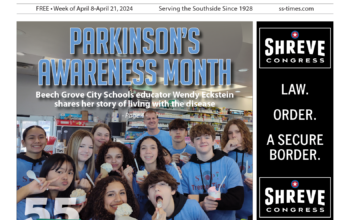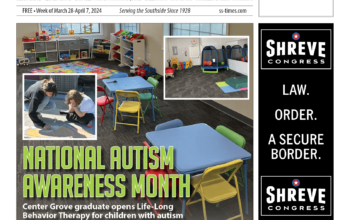By Bradley Lane
The ways in which we interact with the world around us is central in the first-time feature film director, Jérémy Clapin’s I Lost My Body. Day in and day out we are constantly seeing, hearing, and most important to this film, feeling the world around us. And, in order to change what is around us, we much touch things. The typing of a text to a friend, the preparation of a meal, or even the strike of a fist are all examples of individuals having an outward effect on the world around them. This idea is homed in on, and even anthropomorphized in the film’s perspective; that of a disembodied hand crawling its way back to its body.
The premise might sound silly or macabre, but the film takes the struggles of our protagonist’s hand poetically. The film begins with an accident that leads to the hand coming detached from its owner. Shortly after we see the hand break out of the sanitary fridge it is kept in and escape into the cool Paris night. The film switches perspectives back and forth to learn what lead to the accident and what the journey of the hand could mean given the larger context of the story.
The most striking element of Clapin’s work is the beautiful animation. Its backgrounds are simultaneously impressionistic while remaining convincingly realistic and the character models have a ton of expression, while still feeling grounded in a sense of reality. One of the film’s most impressive features is its daringness to tell a complex adult story with this style of animation.
Only through animation could this story be told in a way that would not seem contrived or silly. The medium of animation allows for a story with fantastical elements, like a hand moving, expressing, and understanding the world around it, while not drawing attention to the weirdness of it all. It allows the story to get on to the more interesting and important elements.
That story is a bit by the numbers but manages to stay fresh by subverting tropes of the story’s setup and emphasizes its unique perspective. We learn about the character at the center of the story through his hand. The way he interacts with the world and remembers feelings; the feel of sand as a child on vacation, the accidental touching of wet paint when he’s nervous, and all sorts of other seemingly mundanities given new focus through a specific lens. It is something of a hidden gem on Netflix, and I encourage you to seek it out now. – 4/5 stars

